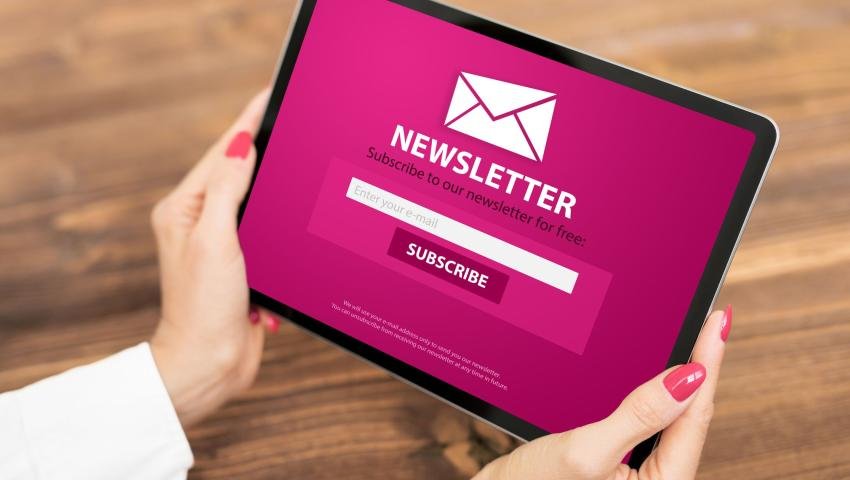
The Psychology Behind Every Purchase—And How to Use It
Every click, scroll, and cart add is driven by human behavior. The Psychology Behind Every Purchase—And How to Use It dives into the mental triggers that influence buying decisions. Learn how to apply psychological principles to your marketing and design strategies to convert interest into action.
The Psychology Behind Every Purchase—And How to Use It
Introduction
Have you ever wondered why customers click Buy Now without hesitation—or why they abandon their carts at the last second? The truth is, purchasing decisions aren’t purely logical. They’re deeply emotional, rooted in psychology. If you want to turn browsers into buyers, you must understand what drives human behavior.
In this blog, we’ll dive into the psychology behind online purchases and show you how to use it to boost conversions, build trust, and grow your eCommerce store.
1. The Power of Emotion Over Logic
Customers often justify purchases with logic—but they buy because of emotion. Studies show that emotional connections drive buying behavior more than product specs or prices.
How to Use It:
Use emotionally charged words in product descriptions (e.g., feel confident, enjoy peace of mind, look stunning).
Add lifestyle imagery that evokes happiness, confidence, or belonging.
Tell a story—about your brand, the product’s impact, or a customer experience.
2. Social Proof: The “Everyone’s Doing It” Effect
Humans are social creatures. We are more inclined to believe in and purchase a product when we observe others using or recommending it.
How to Use It:
Display customer reviews and ratings prominently.
Highlight best-sellers or “trending now” products.
Use real customer photos and testimonials in your marketing.
3. Fear of Missing Out (FOMO)
Scarcity and urgency trigger action. When people think they might miss out on a good deal or limited item, they act quickly.
How to Use It:
Display low stock notifications ("Only 3 left in stock!").
Add countdown timers for limited-time offers.
Make use of expressions like "Last chance," "Hurry," or "Exclusive offer."
4. Reciprocity: Give Before You Ask
Naturally, when someone is kind to us, we want to return the favor. This psychological principle is called reciprocity.
How to Use It:
Offer a freebie (guide, sample, discount) before asking for an email or purchase.
Send thank-you emails with a surprise discount code.
Provide helpful content regularly to build goodwill.
5. Anchoring: Influence Perceived Value
When buyers see a high original price next to a discounted one, they perceive the deal as more valuable. This is called anchoring.
How to Use It:
Show original vs. sale price side by side.
Include “Compare at” pricing on product pages.
Offer bundles and show the combined savings.
6. Simplicity Reduces Cognitive Load
Too many choices or complicated navigation can overwhelm users and stop them from buying.
How to Use It:
Keep your website layout clean and focused.
Limit product options where possible.
Employ brief, straightforward CTAs, such as "Add to Cart" or "Get Yours Now."
7. Trust Signals: Reassure to Convert
Before clicking Buy, customers need to feel safe—especially online. Trust is non-negotiable.
How to Use It:
Use trust seals (money-back guarantee, secure checkout, SSL).
Offer hassle-free returns.
Include contact info and customer support access clearly.
Conclusion
Every purchase is a psychological journey. Understanding what your customers are feeling—and why—can give you a powerful edge in eCommerce marketing. Use emotional triggers, social proof, urgency, and trust to not only increase conversions but also build a brand people love coming back to.
Ready to put purchase psychology to work in your store?
Bonus Tip:
Test one psychological principle at a time in your store and measure its impact. Marketing is both art and science—start experimenting today.
Tooba Wajid
Leave a comment
Your email address will not be published. Required fields are marked *

